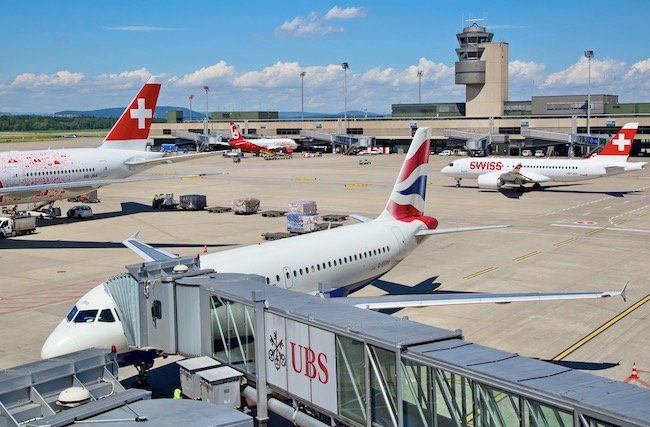When you were last at an airport, did you notice the colours of the airplanes? Because branding is crucial to airlines, a variety of colours and designs fill the skies. Air New Zealand's fleet is predominantly black, Southwest Airline’s planes are sky blue and Russia's S7 Airlines are painted Kelly and lime green. But most airline companies choose white to be their signature colour. There are several reasons for choosing this option.
Most importantly, white paint reflects the sun, preventing aircraft from overheating. This feature alone can save thousands of dollars in cooling costs. White also makes it easier for maintenance crews to spot cracks and problems when inspecting the fuselage. Studies have shown that, due to their contrast with blue skies, white planes cause fewer collisions with birds, which cause millions of dollars worth of damage every year. Finally, many airplanes get leased from larger leasing companies and when a contract terminates, it is cheaper to change out logos on a white plane over painting it an entirely new colour.
In the early days of aviation, aircraft generally remained unpainted. It was costly to paint a plane and it added weight to the overall load – upwards of 1,200 lbs. Nowadays, depending on a plane’s size, a paint job can run as much as US$200,000.00. Many companies believe the benefits of flying a white airplane justify the heavy cost.
